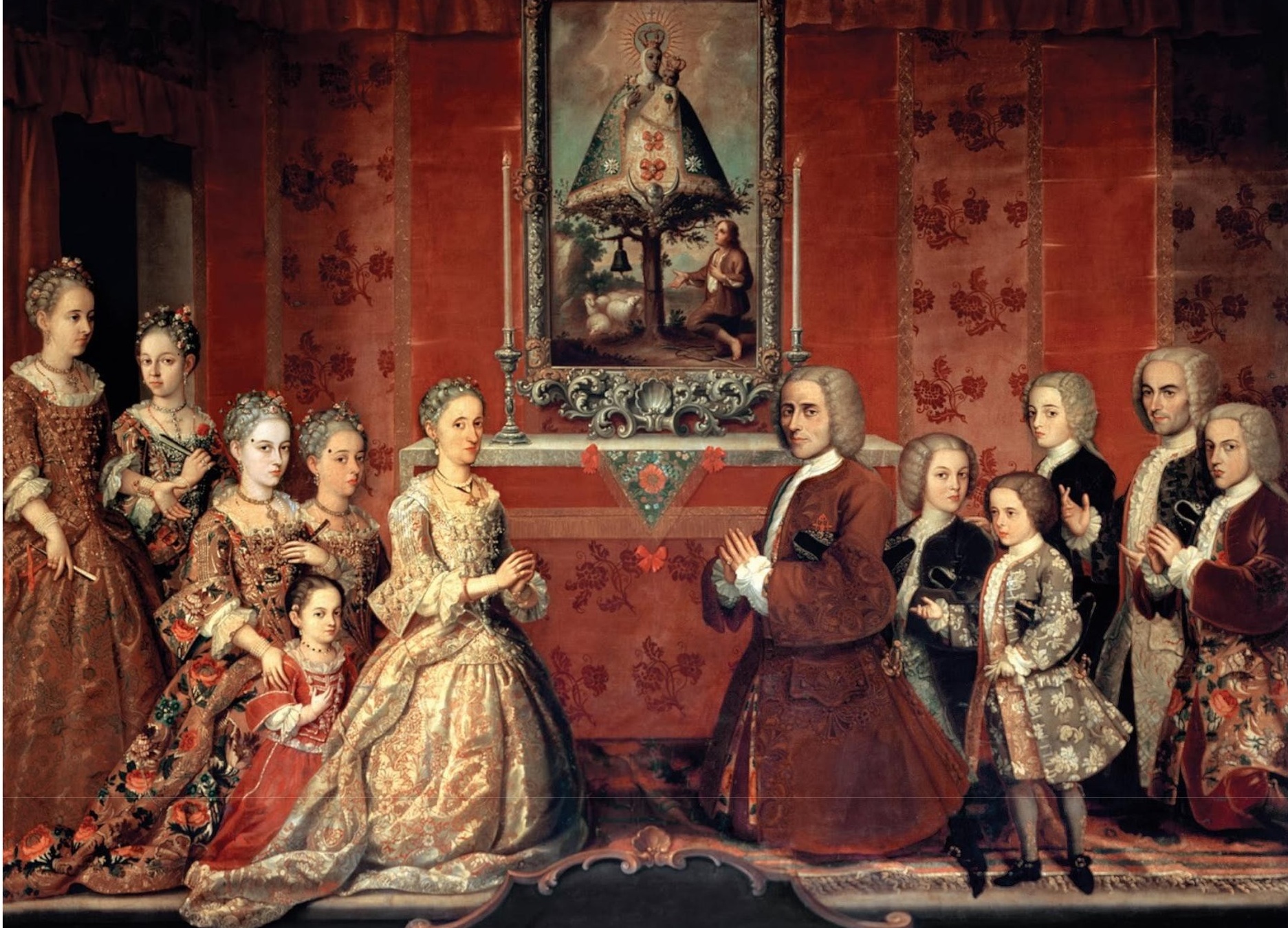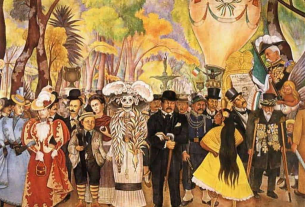By Manzanillo Sun Writer from the December 2017 Edition
 The Criollo is a term which, in modern times, has diverse meanings, but is most commonly associated with Latin Americans who are of full or near full Spanish descent, distinguishing them from both multi-racial Latin Americans and Latin Americans of post-colonial (and not necessarily Spanish) European immigrant origin.
The Criollo is a term which, in modern times, has diverse meanings, but is most commonly associated with Latin Americans who are of full or near full Spanish descent, distinguishing them from both multi-racial Latin Americans and Latin Americans of post-colonial (and not necessarily Spanish) European immigrant origin.
Historically, they were a social class in the hierarchy of the overseas colonies established by Spain beginning in the 16th century, especially in Hispanic America, comprising the locally born people of Spanish ancestry.
Although Criollos were legally Spaniards, in practice, they ranked below the Iberian-born Peninsulares. Nevertheless, they had preeminence over all the other populations: Amerindians, enslaved Africans and peoples of mixed descent.
According to the Casta system, a criollo could have up to 1/8 (one great-grandparent or equivalent) Amerindianancestry with-out losing social place. In the 18th and early 19th centuries, changes in the Spanish Empire’s policies towards its colonies led to tensions between Criollos and Peninsulares.
The growth of local Criollo political and economic strength in their separate colonies, coupled with their global geographic distribution, led them to each evolve a separate (both from each other and Spain) organic national personality and view-point. Criollos were the main supporters of the Spanish American wars of independence.
Source: photo and article, Wikipedia
Mexico, (376) 106-1613.
Download the full edition or view it online
Manzanillo Sun’s eMagazine written by local authors about living in Manzanillo and Mexico, since 2009



